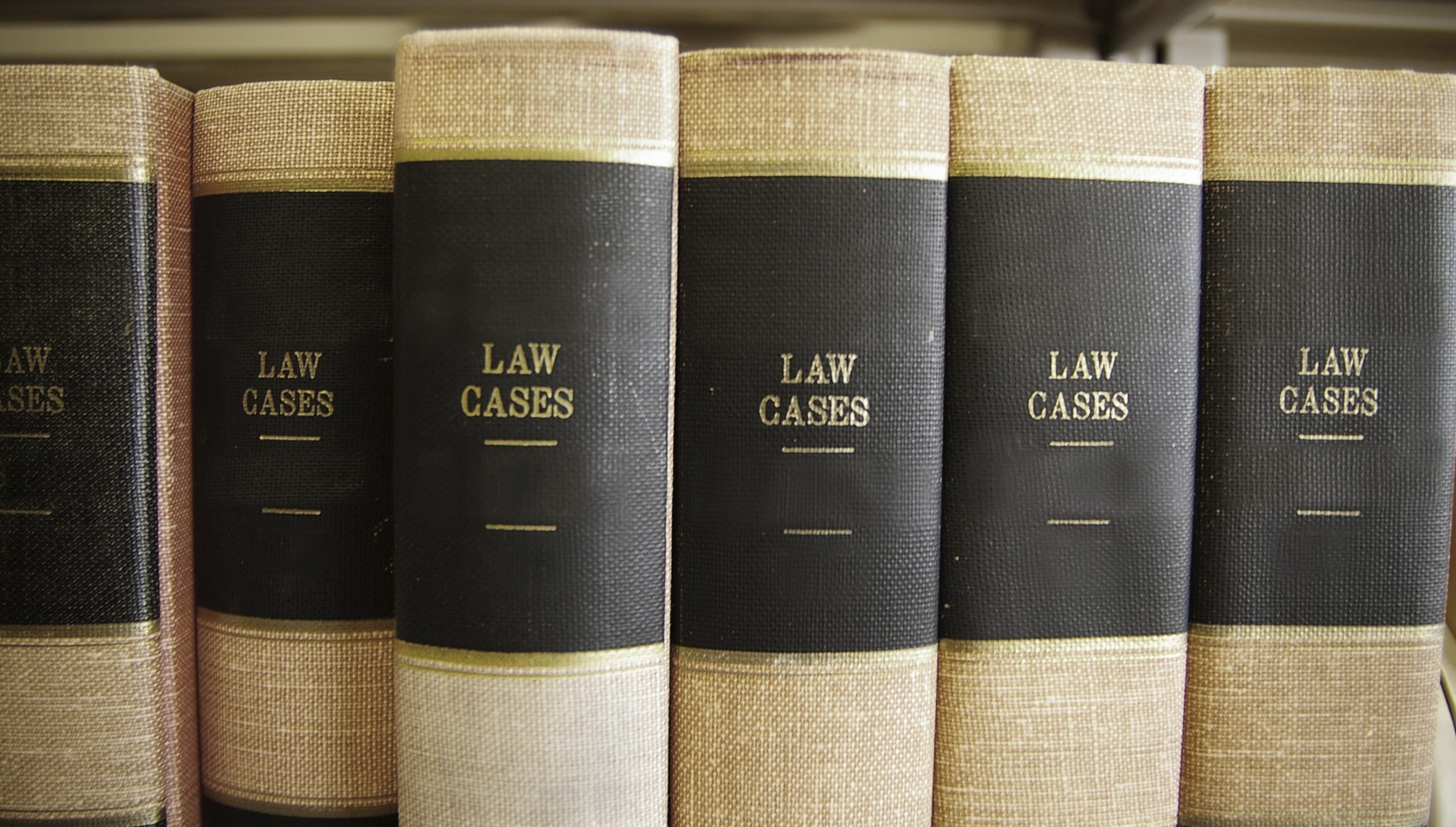Cook Islands trusts are often the best assets protection tools for divorce, according to many experts. With some of the oldest asset protection trust laws globally, the Cook Islands are trusted by thousands of hard-working professionals to protect their most valued assets.
Cook Islands Trust Basics
The provisions of the Cook Islands trust are laid out in the International Trust Act of 1984. The protections laid out in the act were further strengthened in 1989. This was done through amendments written by US asset protection attorneys. The main benefits of a Cook Islands trust can be summarized as follows:
- Assets are protected from foreign judgements
- One of the shortest statutes of limitations on fraudulent conveyance worldwide
- Strict confidentiality and financial privacy measures
- Tax-exemption
- The ability to establish purpose trusts (trust can have a purpose, such as “world peace,” rather than a human beneficiary)
- Effective succession planning
- Ability of settlors to retain control of assets
- Protection under legal duress
- Allowance of accumulations
- Strong international reputation
The protections provided by Cook Islands trusts are commonly availed by individuals in high-liability professions, such as physicians and attorneys. As of December 2016, there were 2,290 such trusts registered in the Cook Islands. However, Cook Islands trusts can be an invaluable asset protection tool for any individual who has the ability to become subject to an adverse financial judgement. The asset protection provided by a Cook Islands trust can be particularly beneficial in the case of divorce.
Asset Protection in Divorce
The best way to utilize a Cook Islands trust for asset protection in the event of divorce is by combining the trust with an offshore Limited Liability Company (LLC). The LLC can be based in either the Cook Islands or the Caribbean island of Nevis. The Cook Islands trust wholly owns the LLC. The settlor of the trust is then appointed the manager of the LLC. Assets are transferred into a bank account that the LLC holds. As the manager of the trust, the settlor is able to control the LLC assets. In the event of legal duress, the settlor can pass control of the LLC to the trustee. The settlor may then instruct the trustee to pay bills or meet other financial obligations on his or her behalf using funds held in the trust. As a result, the settlor may benefit from trust assets. At the same time, the settlor’s soon-to-be former spouse may not.
If established wisely, a Cook Islands trust can effectively protect assets from a disgruntled spouse in the event of divorce. It is essential to carefully plan the transfer of assets to avoid claims of fraudulent conveyance. Fraudulent conveyance of assets occurs when assets are transferred with the specific intent of defrauding a creditor and making a person insolvent. Fraudulent conveyance, also know as fraudulent transfer, is a civil infraction rather than a criminal one. It usually happens when a person is trying to avoid asset seizure as the result of an adverse legal judgement. An adverse legal judgement could include a divorce settlement. However, it is easy to avoid claims of fraudulent conveyance by setting up the trust properly in the first place.
It is advisable that any wealthy individual establish a Cook Islands trust for asset protection before or early into their marriage. The settlor should, ideally, transfer assets before the marriage or while the marriage is in good standing. This way, the settlor can securely protect their assets in the event of an unfortunate divorce. With regard to divorce, fraudulent conveyance can only be claimed if the settlor was knowingly attempting to hide assets from his or her spouse. Additionally, the transfer of assets would have to be large enough that it makes the settlor insolvent with regards to the divorce claim.
Even if a former spouse is able to obtain a judgement in a foreign jurisdiction, they will not be able to remove the assets from the trust. Cook Islands courts only recognize their own judgements or judgements made in New Zealand, as result of a compact of free association. The only time that a Cook Islands court will grant a judgement against the settlor of a Cook Islands trust is in instances of fraudulent conveyance adjudicated in a Cook Islands court. As a result, the best asset protection strategy for settlors is to keep as many of their assets as possible in the trust to begin with. In the event of divorce, the transfer of assets will be attributed to whatever was the initial purpose of the trust. This can include asset protection from other creditors, retirement planning, estate planning, and tax exemption among many other perfectly legal reasons for establishing an offshore trust.
Existing Case Law
The Cook Islands trust can provide ironclad asset protection. However, it can only effectively protect assets in divorce when used properly. There is significant legal precedent which shows that Cook Islands courts will uphold the protection provided by properly utilized trusts. However, trust law is incredibly complex. It is essential to use the most qualified experts to establish and operate a trust in order to avoid the pitfalls associated with improper use. The following two cases document proper and improper use of a trust for asset protection in a divorce:
Elena Rybolovlev v. Dmitry Rybolovlev – Proper Use
The divorce between Elena and Dmitry Rybolovlev was named the “most expensive divorce in history” a bit prematurely. In 2014, a Swiss court ruled that Russian oligarch Dmitry Rybolovlev forfeit half of his nearly US $8 billion in assets to his ex-wife Elena. Unfortunately for Elena, that judgement would not hold up on appeal. Because Dmitry Rybolovlev’s assets were securely and legally held in an offshore trust, the Geneva Court of Appeals overturned the judgement.
Sarah Pursglove v. Robert Oesterlund – Improper Use
According to the 2016 New York Times article “How to Hide $400 Million,” Sarah Pursglove was hell-bent on attacking the assets of her ex-husband Robert Oesterlund. She even went so far as to file a suit against herself and Oesterlund as owners of the US company Xacti for fraud against the people of Florida.
She did so in a desperate attempt to move the assets held with the Omega Patners LLC, which was held by Oesterlund’s Cook Islands trust, back to Florida. This was a very risky maneuver. Likely, anger over Mr. Oesterlund’s extramarital affair clouded Ms. Pursglove’s financial judgement. If found guilty of fraudulent conveyance of assets, she would have be subject to the claims of judgements in addition to those of her ex-husband. Additionally, the Cook Islands does not recognize foreign judgements. Ms. Pursglove insisted on pursuing the assets of her ex-husband and was required to travel to the Cook Islands to have the case re-adjudicated there.
Pursglove spent millions of dollars sending her lawyers on a fishing expedition. She did so in search of evidence of fraudulent conveyance. Pursglove’s lawyers finally found the one mistake that Oesterlund and his lawyers had made in utilizing the Cook Islands trust. Oesterlund had transferred US $45 million in assets to the Cook Islands trust on the day that his wife caught him having an affair. This gave the courts reasonable cause to believe that a fraudulent transfer had occurred. As a result, Oesterlund chose to settle with his ex-wife for an undisclosed amount.
Had Oesterlund simply transferred the assets in question to the Cook Islands trust at the time of the initial settlement, the assets would have been untouchable. In addition, Oesterlund could have transferred the assets at any other time than immediately after being caught cheating. If he had done so, the provisions of the Cook Islands trust would have protected his assets.
Transfer Pricing
In setting up the trust initially, what Oesterlund did was completely above board. He used a practice which is known as transfer pricing. Transfer pricing is when corporations shift their costs to high-tax countries. The companies then shift their profits to low-tax countries. This is a perfectly legal way to reduce taxable income.
Even some of the largest corporations in the world, like Apple, use transfer pricing. They do so because it allows for significant tax savings and asset protection. In the case of Apple, it is in an American company with headquarters in Cupertino, California. The majority of research and development regarding Apple’s popular products, like the iPhone, occurs in California. However, for iPhones purchased in Europe or Asia, the international property rights are held offshore by a subsidiary in a jurisdiction with lower taxes. Apple charges this subsidiary very little for the property rights. However, Apple allows the subsidiary to collect most of the money that it makes on the iPhone and other products. As a result, Apple is able to transfer nearly two-thirds of its income to a low-tax offshore jurisdiction. This saves the company billions of dollars.
Conclusion
The biggest and most powerful corporations in the world are using offshore trusts and offshore incorporation to protect their assets because they are legal and effective. These same legal vehicles can be used by wealthy individuals to effectively protect their most valuable assets from a scorned spouse in the event of divorce. When utilized correctly under the guidance of experts, Cook Islands trusts are the best means of protection available to those at risk of losing their hard-earned assets.




